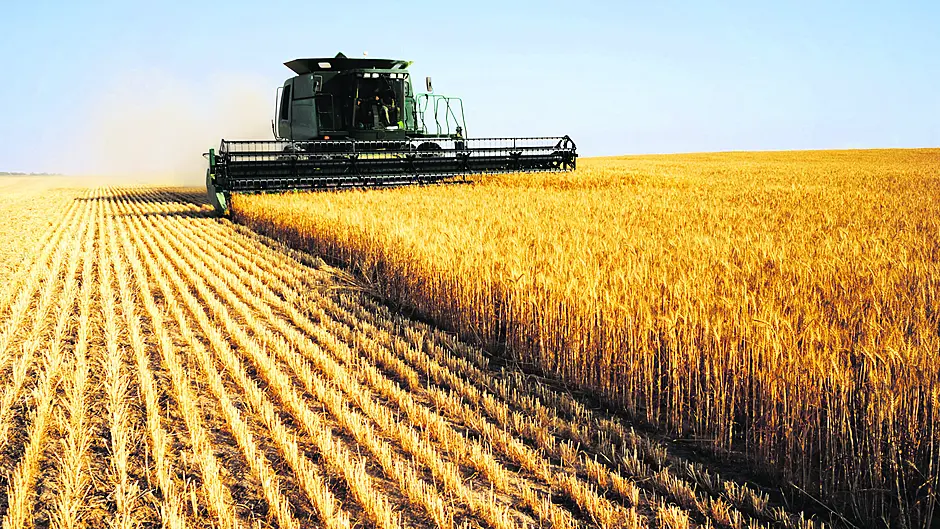BY TOMMY MOYLES
PART-TIME farming, and the farm owner commuting both from their house to the land, is a common enough practice in Irish farming circles, but what if your farm was 600 miles away?
That’s the situation an American professor with Clonakilty roots finds herself in. Based in the University of Alabama at Birmingham, Professor Cynthia Ryan balances her life in academia with running a 700-acre grain farm in central Illinois, 600 miles northwest of her residence.
To put it in a West Cork context, that distance would be like living in Clonakilty and running a farm in northern Spain – or almost 100 miles east of Paris. While the scale might differ, Prof Ryan has noted numerous commonalities between farmers on the ground in both countries.
Her father’s illness in 2017 led to Cynthia taking leave from her academic work to go and look after her parents at their home near Clinton in De Witt County, Illinois.
‘I basically stayed there for nine months and during the process of doing that my dad thought me to run the farm. He introduced me to grain elevator managers, how to pay the taxes and he said to me on more than one occasion: “I want you to live your life and want to hold onto the farm, but if you don’t want to do it don’t worry on how I would have felt if you sell it.” I never had any doubt. When he died, I got half interest and my mom got half so now I manage it. Corn and soya beans are the mainstays of the operation with wheat grown on occasion.’
It’s a nine-hour commute so to overcome this, she farms in cooperation with three different operators who do the day-to-day work on the ground in Illinois. Two of them are long-time acquaintances of the family while the third is a new operator. It’s what would be described as a share farming here. She owns the land, sorts the paper work, and keeps an eye on markets while keeping in touch with the operators.
‘We have a 50:50 arrangement. Some land is leased too and we pay equal expenses and get equal profits. I’m in constant contact with them. I go up about four times a year and I do a whole lot of paper work. I check the grain price, twice a day. I also write a column for Prairie farmer magazine. Farming from afar.’
Her great great grandfather, an O’Donovan emigrated from the Clonakilty area in the 1870s and now she has returned to West Cork. On a visit to the area last year, a chance meeting with local man Phillip Joyce at Sunday morning mass led to her setting up some appointments with farmers on this occasion. After spending a week in UCC presenting on her academic speciality, Professor Ryan returned to Clonakilty in recent weeks.
‘I just wanted to explore Clonakilty and I’m interested in meeting farmers. I’m trying to look at the trajectory of Irish farming and how does farming at home compare and contrast with it.’
Her conversations with farmers led her to see those challenges around profitability, succession, labour, paperwork, and especially demand and cost of land are all things in common either side of the Atlantic.
‘The price of ground is sky rocketing in Illinois. In the US it’s a case of get bigger or get out. I think that’s a message that has been in the air since the early 1900s. The costs involved can be prohibitive either as someone looking to get into farming, or if you inherit a farm with your siblings and you have to buy out those who aren’t interested in farming.’








